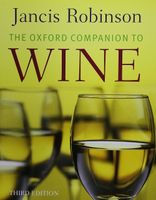Advertisement
California: Wine types
Published 2006
The most important California wine type is the varietal, the principal sorts of which are outlined below (see vine varieties).
The production of inexpensive wines, largely from the Central Valley, is in the hands of relatively few very large wineries. Most of the state’s wineries concentrate on more expensive wines, many of limited production and available only in a few markets. Throughout the 1980s, production of red table wines, to which the state is well adapted, declined precipitously in response to the vagaries of the market. Only 14% of the table wines shipped from California in 1989 were red, the rest being white (53%), rosé (16%), and so-called blush wines (17%). In 1991, this trend abruptly reversed itself thanks to the french paradox phenomenon. By 2013, Chardonnay still commanded 21% of the market, but the combined sales of Cabernet Sauvignon (12%) and Merlot (9%) equalled it. American wine diction tends to be based more on tax rates than wine characteristics. Table wine is anything with an alcoholic strength of 7 to 14%. Even the finest late-harvest imitations of TBAs (see trockenbeerenauslese), the ones with 40% residual sugar, are table wines to the taxman. Dessert wine, meanwhile, is anything with more than 16% alcohol, even the driest of sherry types and dry but high-alcohol Zinfandels. Sparkling wine, sensibly, is the stuff with bubbles.


